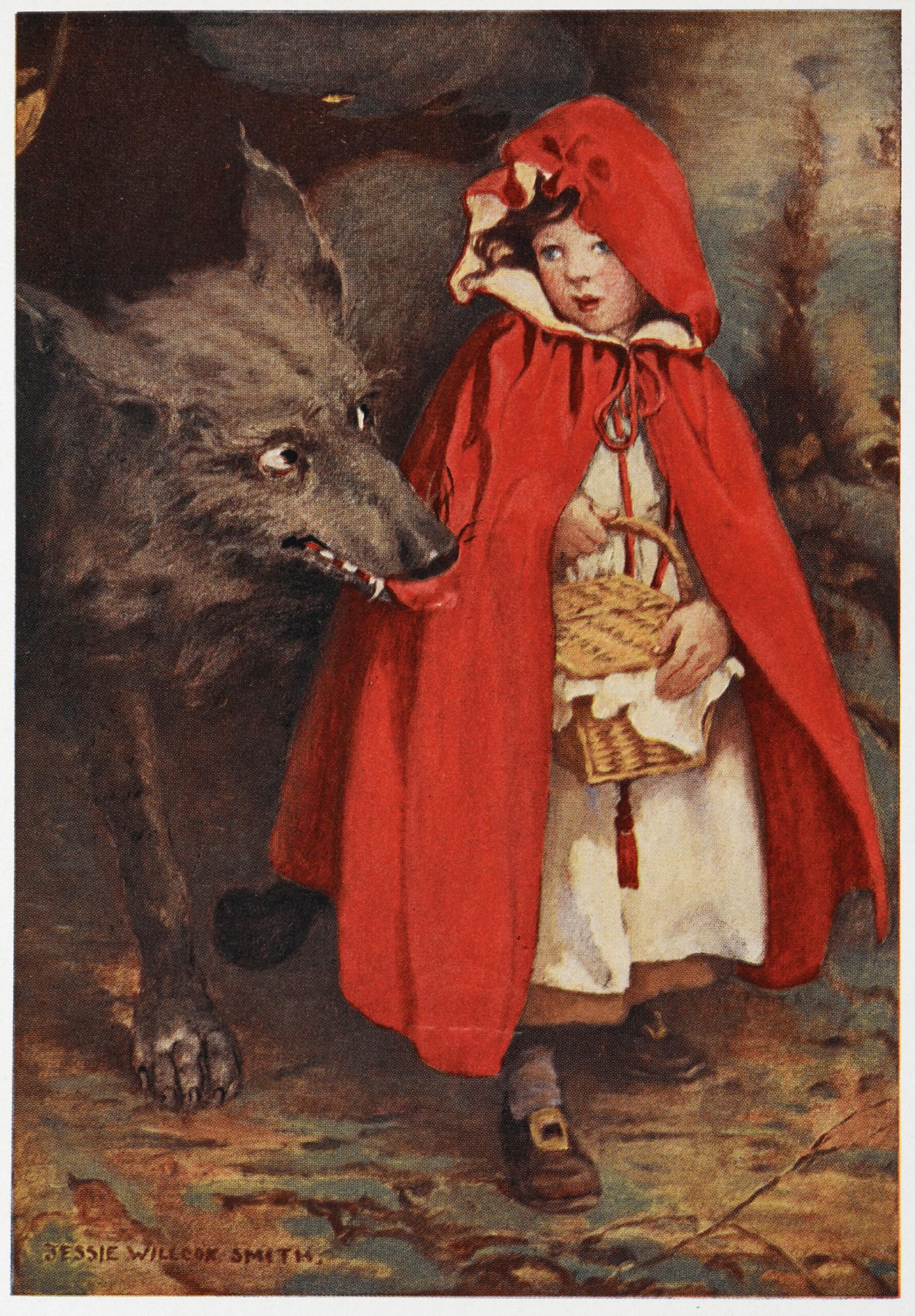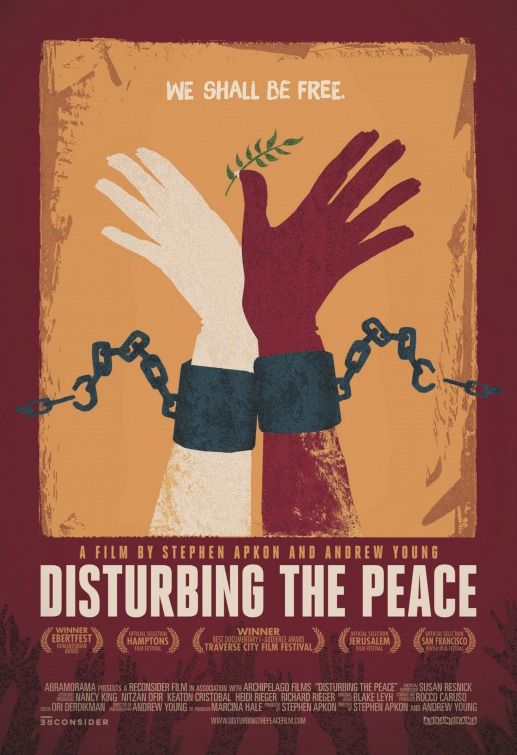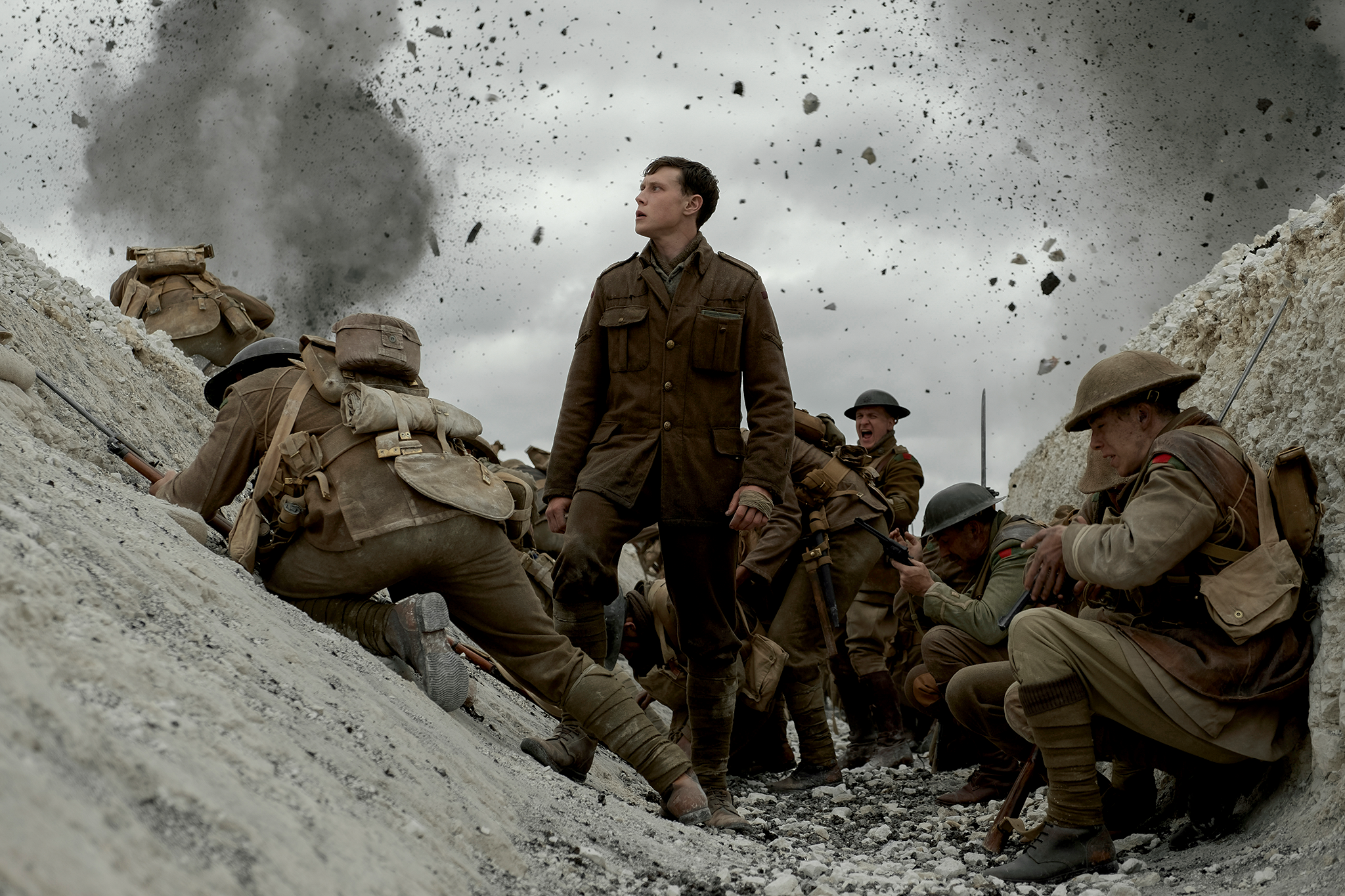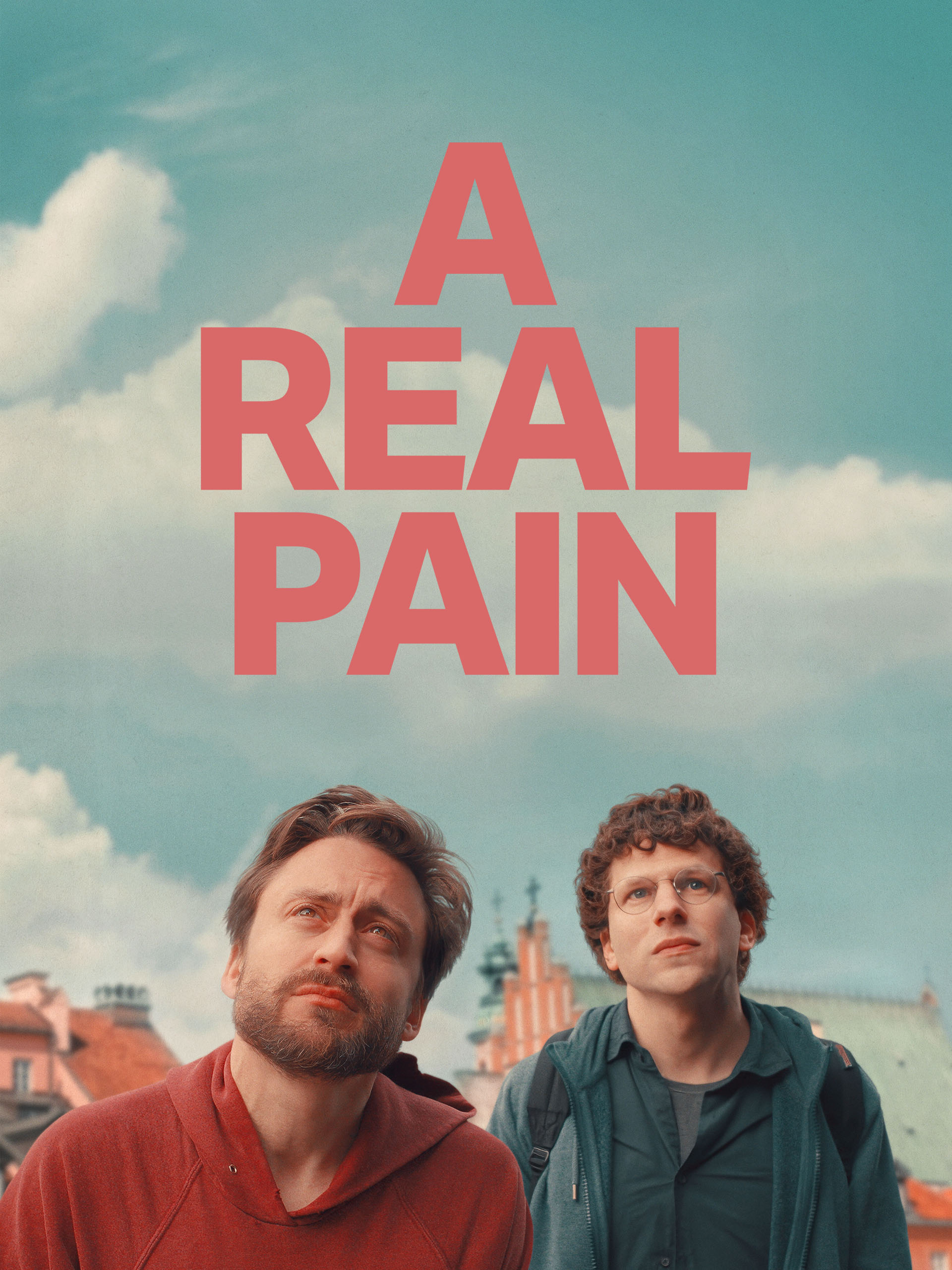By Roxane Liguti, Year 12
When I was a child, until I was ten, I always wanted my mother and father to read me fairy tales before bedtime or at any moment of the day. I would dream about them and follow their morals, without any second-thoughts or contradictions.
Recently, my aunt on my mother’s side of the family does not read fairy tales any more, especially to her 3-year-old son. I went to ask her the reason why, and she told me that it’s too “girly” and “useless”. I was stunned to hear this. So here is the issue: Do fairy tales continue to hold relevance in contemporary society?
According to Bruno Bettelheim and his psychoanalysis in the The Meaning and Importance of Fairy Tales, he describes them as moral lessons that help adults to understand and free children’s deepest fears (such as the unknown, for example).
The psychoanalyst also explains that they are written to help children understand themselves better and sort out their problems. Moreover, it was thought that tales were a way to teach young children, especially young girls, to listen to their parents.
In fact, all the fairy tales you may have read have much deeper meanings and different endings, with no such thing as “girly” or “boyish” morale, as they apply to everyone. Aunt Eleonore, you better hear this (just joking!). They talk about real-life serious issues and situations with simple words or objects, for example, the spinning wheel in Sleeping Beauty may symbolise the entry to maturity, or even the power of deceit against others. After all, it all depends on the culture, the symbolism and the education (the source too!).
Let’s take one of the most famous fairy tales: The Red Little Riding Hood. Everyone knows this tale, right? It talks about fear and overtrusting strangers. Not only that, but it’s probably one of the most controversial and important of its kind. Its relevance is very helpful, just as much before as it is today. It teaches the consequences of not listening to your parents and the carelessness of a child, helping children to identify with the main character.
As well, let’s not forget that Perrault wrote the fairy tales especially for young girls, since they were in a lower position in society and were sent off to marriage, so the tales would teach them lessons on how to behave like a dutiful woman, especially as future wives. On the contrary, the Brothers Grimm wrote their stories and dedicated them to young children, no matter what gender and age, and so they were very important in terms of transmitting education, norms and values.
Additionally, they also fit inside the two sectors of ethics: good and bad. They define them in very specific and original ways. In Hansel and Gretel, for example, the good is Gretel, the sister that saves and frees her brother and her family. The bad is the parents, negligent or even worse, unmindful about their own children and the Witch that tries to eat Hansel. They teach in different ways how good and bad differ according to the situations we are presented in.
As well, they help to develop creativity, imagination and make us feel happy even if the endings in some are relatively gruesome and harsh. They improve our own critical thinking, our sense of awareness and intuition, helping to comfort our hidden fears.
Finally, even if today we still have videos, websites and many other ways to make children or even adults aware of everyday dangers, books are (personally) MUCH better. I’m a bookworm for life! Anyway, fairy tales are still crucial to teach the younger audience about danger, good behaviour and the supposed consequences if they try to mimic the same situation.
Give them a chance! 🙂



